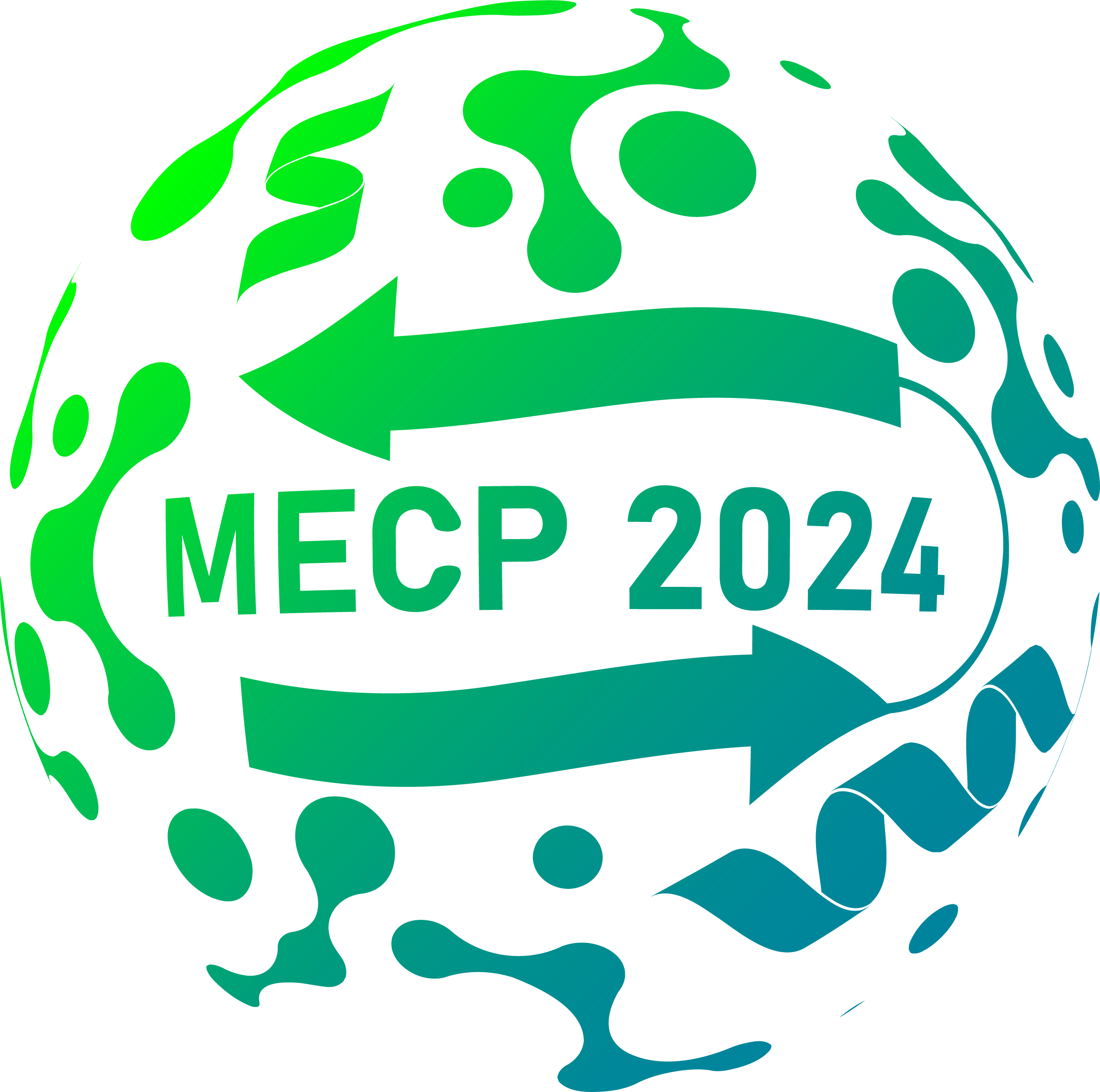
Tuan Hoang Son
Max Planck Institute for Dynamics of Complex Technical System
Development of an in-vitro multi-enzyme cascade for the synthesis of uridine diphosphate N-acetylgalactosamine using a DoE approach
Biocatalytic production of active pharmaceutical ingredients, nutritional components and other valuable molecules is becoming increasingly important. In general, either cell-free or whole cell synthesis can be utilized. Both approaches exhibit several advantages and disadvantages (Tao et al., 2011). For instance, whole cell biocatalysts provide inherent co-factor regeneration, whereas in cell-free systems undesired side reactions can be avoided (Straathof et al., 2000). Here, a multi-enzyme cascade producing the nucleotide sugar uridine diphosphate N-acetylgalactosamine (UDP-GalNAc) was developed. UDP-GalNAc is an essential building block for synthesis of various glycans and glycoconjugates, such as mucins that fulfill important functions in human health (Figueroa-Lozano et al., 2019; Frenkel et al., 2015). To date UDP-GalNAc is commercially available in mg quantities with prices exceeding 47 €/mg (Sigma, Feb 2024).
The cell-free cascade established consists of six recombinant enzymes overexpressed in E. coli (Mahour et al., 2018; 2022). In one-pot batch reactions, the inexpensive substrates uridine and GalNAc are converted to UDP-GalNAc. To additionally reduce costs, ATP is in situ regenerated using polyphosphate. Starting at 30 °C, pH 7.5 and 45 mM MgCl2 a conversion yield of approximately 5 % and a final product titer of 1.5 g/L could be obtained within 24 h from initial substrate concentrations of 50 mM uridine and GalNAc, respectively.
Two design of experiments (DoE) sets were employed to increase the product yield. In a first set, temperature (30–40 °C), pH (7–9) and MgCl2 concentration (45–100 mM) and in a second set concentrations of ATP (0.5–20 mM), PolyPx (20–40 mM) and MgCl2 (80–120 mM) were screened. Optimal conditions within the selected design spaces were identified that resulted in a final UDP-GalNAc titer of 30.4 g/L and yield approaching 100 %. These outcomes demonstrate the effectiveness of a DoE approach and underscore its potential for optimization of multi-enzyme cascades.
References
_________
Figueroa-Lozano, S., et al. (2019). Relationship Between Oligosaccharides and Glycoconjugates Content in Human Milk and the Development of the Gut Barrier. Comprehensive Reviews in Food Science and Food Safety, 18(1), 121-139.
Frenkel, E. S., et al. (2015). Salivary mucins protect surfaces from colonization by cariogenic bacteria. Appl Environ Microbiol, 81(1), 332-338.
Mahour, R., et al. (2018). Establishment of a five-enzyme cell-free cascade for the synthesis of uridine diphosphate N-acetylglucosamine. Journal of Biotechnology, 283, 120-129.
Mahour, R., et al. (2022). Cell-Free Multi-Enzyme Synthesis and Purification of Uridine Diphosphate Galactose. ChemBioChem, 23(2), e202100361.
Straathof, A. J. J., et al. (2000). Applied Biocatalysis: Taylor & Francis.
Tao, J., et al. (2011). Biocatalysis for Green Chemistry and Chemical Process Development: Wiley.
_________
View Abstract as PDF:
_________
Wed. April 17 | 11:50 – 12:10 hrs – Development of an in-vitro multi-enzyme cascade for the synthesis of uridine diphosphate N-acetylgalactosamine using a DoE approach
